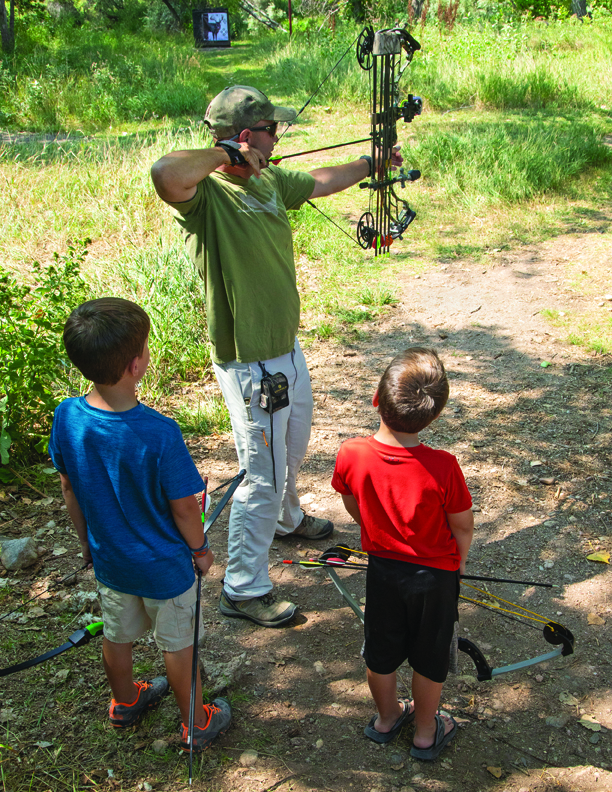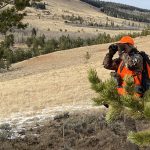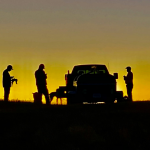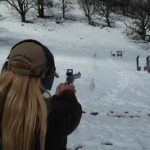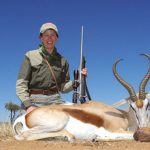Hunter numbers have declined in the last few decades, but wildlife advocates are working hard to turn the tide.
Photo by Vic Schendel
Hunters are a distinct minority in today’s world. Recent data from the U.S. Fish & Wildlife Service suggest that there are about 15.4 million hunters in the U.S.–that’s only about 4.9 percent of the population. This is down from an estimated 16.2 million hunting license holders in 1980–6.87 percent of the U.S. population.
Before you get secretly excited that fewer hunters in the woods means a higher probability of success for you next hunting season, here’s a wake-up call: The exact opposite is true. Hunting license sales and federal excise taxes on hunting equipment provide the primary source of funding for wildlife conservation and habitat. This money amounts to 80 percent of the funding for state fish and wildlife agencies, and they are the primary managers and caretakers of our wildlife resources. If this funding decreases, our wildlife populations could go downhill, fast.
Numerous initiatives have sprung up with the goal of reversing the decline in hunter numbers. Chief among them are what’s being called “R3,” short for recruitment, retention, and reactivation. These efforts, spearheaded by fish and wildlife agencies and local and national conservation groups, include youth outreach, “Learn to Hunt” days, and mentoring programs. Among the more successful of these programs are the National Archery in the Schools Program, the Scholastic Clay Target Program, and the Becoming an Outdoors-Woman program.
These are all fantastic efforts, but they tend to be somewhat localized, and often the people they reach are those who are already hunters or who come from a hunting family. In an effort to widen these efforts and make them more effective, a coalition of state agencies, conservation groups, and industry partners combined to form the Council to Advance Hunting and the Shooting Sports (CAHSS). Research and resources provided by CAHSS are helping to develop and implement more effective programs to reach potential new members of the hunting community. (To learn more, see cahss.org.)
These are excellent efforts and badly needed. As I see it, there is also a “fourth R”–recognition–that should go hand-in-hand with the R3 efforts. Reaching out to potential new hunters is crucial, but so is addressing the overwhelming percentage of non-hunters with a positive message about hunting. Not everyone wants to become a hunter, but everyone should have the opportunity to learn why hunting is important to wildlife conservation and our economy, and they will be far more likely to support it at the ballot box, online, and in person.
A great example of a “fourth R” program is Colorado’s “Hug a Hunter” TV ad campaign, which is targeting general audiences watching network television during prime time with a friendly, pro-hunting message that is resonating with a non-hunting urban audience. A group called the Nimrod Society is working to get these pro-hunting ad campaigns started in other states. (To learn more, see nimrodsociety.org.)
All of these are efforts that hunters should wholeheartedly get behind. Hunter numbers are dwindling and public support for hunting is declining. Let’s work together, now, to turn the tide.

